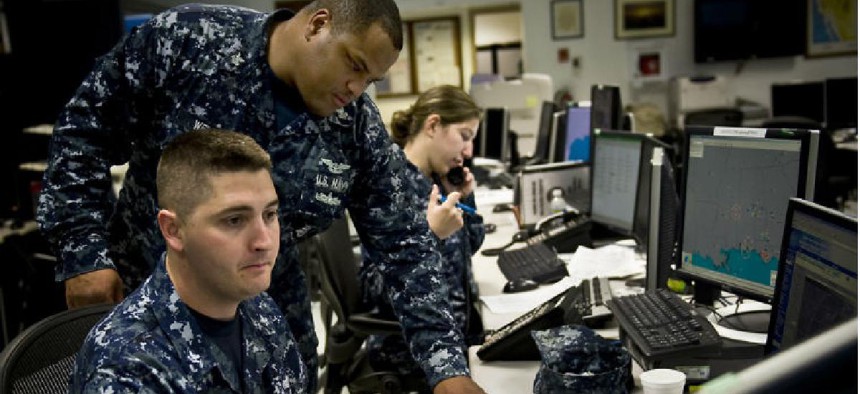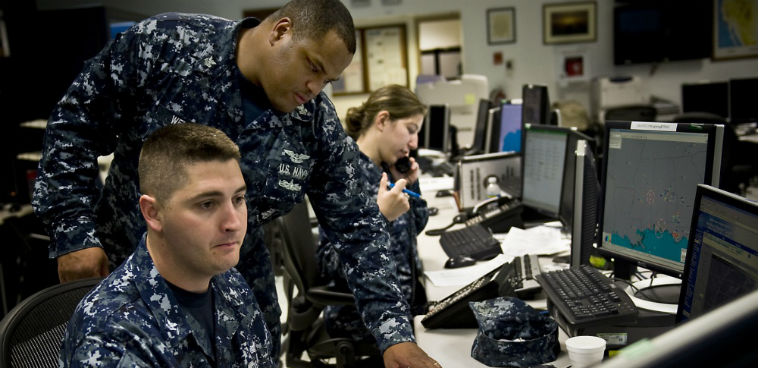Navy IT looks beyond COVID

The Navy's network operations, like most federal agencies, scrambled to shift to completely remote workforce, but the experience has also shifted workers' network expectations.

COVID-19 accelerated some aspects of the Navy's effort to modernize its internal networking infrastructure, but as the response eases, the department hopes to retain those capabilities, said one of its key networking program managers.
"Post COVID, we're back to fighting for money to move to being cloud native," said Captain William McNeal, program manager, Naval Enterprise Networks in a May 12 ACT-IAC IT Management and Modernization teleconference. "Once we get past COVID its back to building a case for sustaining and moving beyond what we've done" to support the Navy's network operations during the crisis, he said.
Over 300,000 Navy workers, including its own personnel, contractors and civilian personnel have been working from home and locations other than their traditional offices for nine weeks, said McNeal. Those workers, he said, had previously worked in office environments with aging network infrastructure and data processing capabilities.
In its push to spin up telework capabilities up for its users, McNeal said his operations moved from supporting only 25,000 VPN users to supporting 123,000; from only 38,000 devices with password authentication, to up to 40,000 devices with biometric authentication. It also bumped up its backbone network connection speeds from 10 GB to 44 GB.
Along with those new capabilities, Navy users also tap commercial providers with big networks and accompanying support capabilities, to connect remotely. Along with those new capabilities, come new expectations from workers returning to offices once the worst of the COVID crisis has passed, according to McNeal.
Those expectations of networks and cloud capabilities will help the Navy transform its aging infrastructure, said McNeal, as well as change perceptions that smart, nimble, cloud-based IT is a critical warfighting component, just like ships and aircraft.
McNeal wants to steer the Navy's networking infrastructure modernization toward "Domain Singularity," which is a digital platform that harnesses more cloud and shared services consumption across Navy networks. Domain Singularity, he said, will allow network managers and tech leaders to look across the network infrastructure, applications and standardized services.
McNeal said he wants the more flexible, faster capabilities the Navy put up to support telework to continue afterwards, but it all boils down to resources allocated after the crisis. The Navy is working to upgrade its internal routing and switching capabilities, he said, but he's also looking to accelerate those upgrades, possibly using technologies such as 5G instead of a rote traditional wholesale routing and switching upgrade.
"COVID provided a temporary performance boost. The challenge is how quickly can we transform to provide a similar experience" to what workers have with the commercial networks they're using for telework, said McNeal.
NEXT STORY: Data sharing and COVID-19


